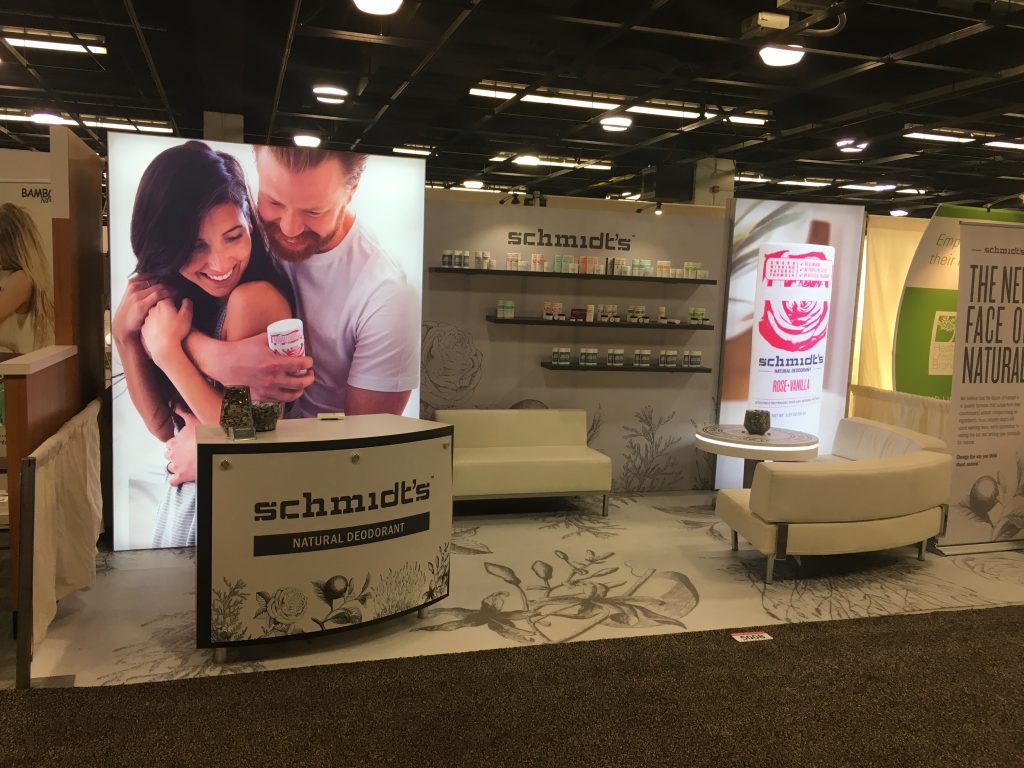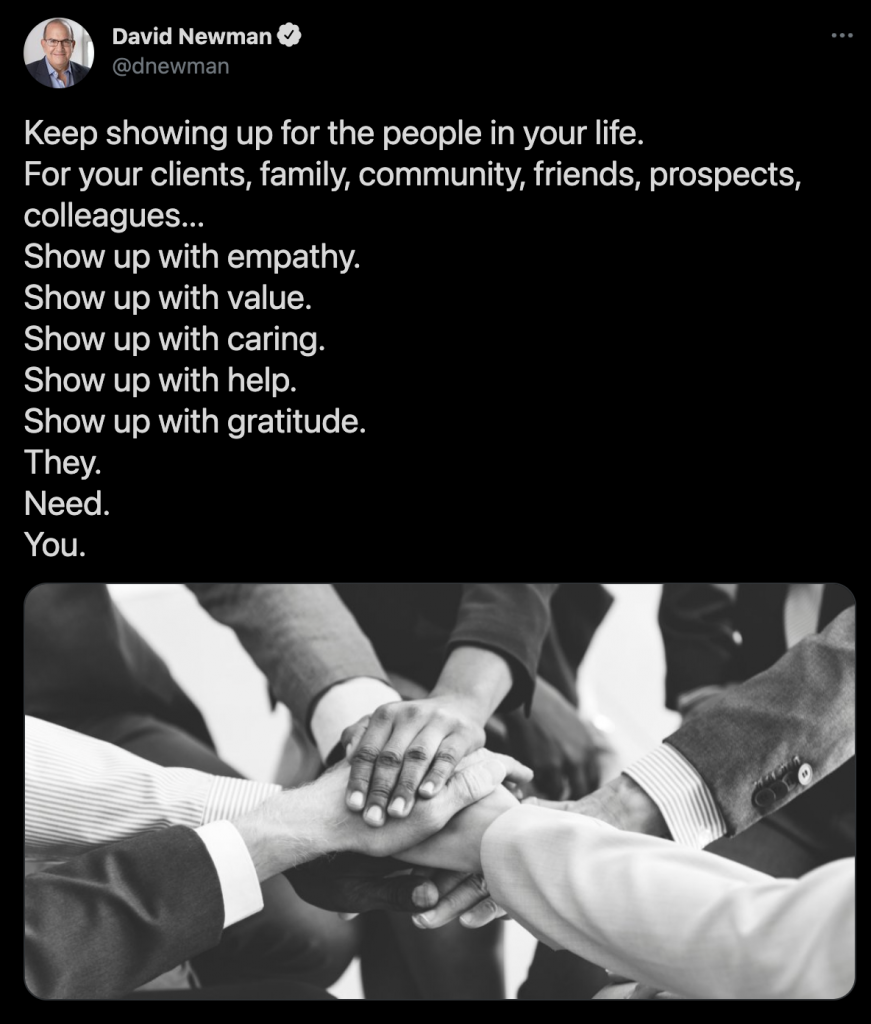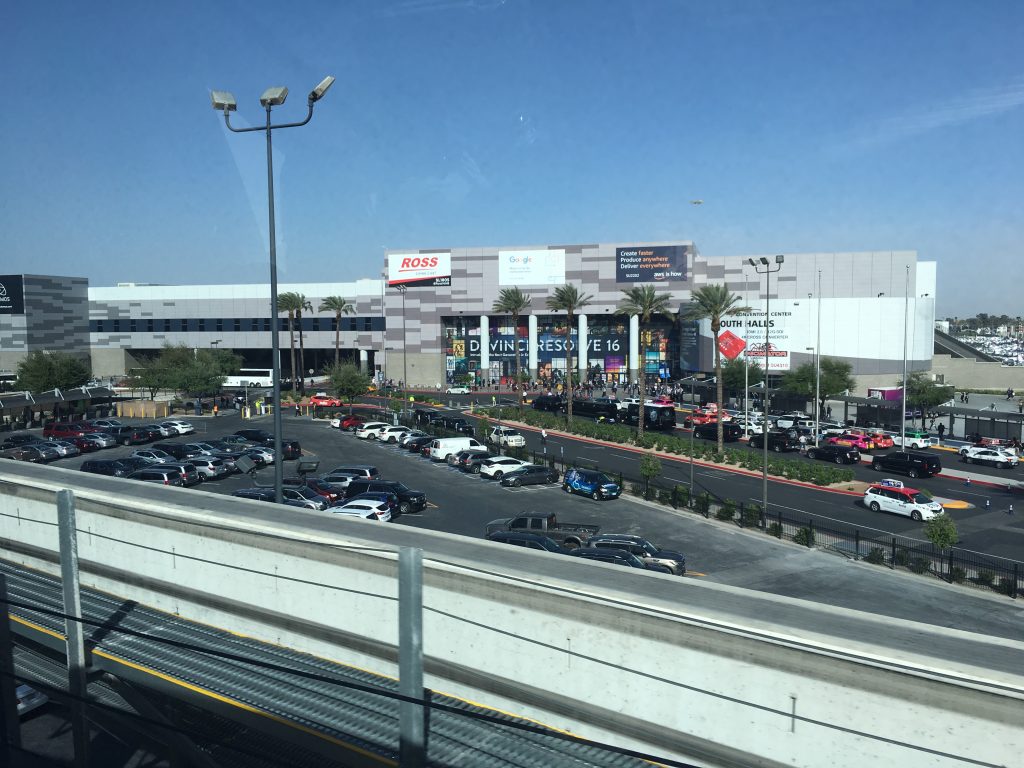7 Tradeshow Lead Follow Up Tips: Video
With nearly four out of five leads generated at tradeshows not adequately followed up on, maybe it’s time to get back to basics. Here are 7 things to make sure you do. Watch carefully!

With nearly four out of five leads generated at tradeshows not adequately followed up on, maybe it’s time to get back to basics. Here are 7 things to make sure you do. Watch carefully!

Do you set up the exact same booth every year with no changes? Or do you find that you have to make minor or even significant changes from year to year because your needs change or some piece of your exhibit doesn’t function the way you thought it would?
Many exhibitors stay the same, but many change. Frequently.
Let’s say at one show – a big one that you set up an exhibit at every single year – you have had nearly the same configuration for five or six years. That’s not unusual. Although, in my experience, most clients we work with at TradeshowGuy Exhibits do at least modest changes nearly every year. Sometimes they do rather wholesale changes, like increasing their footprint by 50% or more. Or realizing at this year’s show they don’t have enough meeting space. Or product display space. Or that some element of the exhibit just didn’t work as anticipated.
There are always reasons for making changes. But if you purchased the exhibit, you’re kind of stuck with it.

Except. Not always. There are always a lot of ways to skin the cat, as it were. Let’s say – like a client of ours recently – you have a custom booth. You spent a lot of dough on it, so the idea of building another piece just to satisfy your functional needs is going to challenge your budget. When this happened to the client, who was looking for more counter space, we suggested that instead of having some custom counters built, why not rent some counters? That way, you’re only committed to one show with the revised configuration, and the cost will be lower than if you had them custom-built and bought them. And if for some reason you really like the configuration, you can either purchase them or choose to rent them again the following year. I see it happen frequently.
Same thing with furniture. It used to be that clients would ship furniture to shows in their crates. Chairs, small loveseats, tables. In some cases, that’s a good thing, especially if the table is branded or is custom in some other way like LED highlights.
But the furniture is unused the rest of the year. It can get scuffed and damaged during setup and dismantle. Renting the right pieces, such as a nice brand-new comfortable couch might make more sense. Do the math, take a look at the options, and make the decision.
It’s all fluid. Especially when it comes to the various smaller elements of your tradeshow exhibit: counters, furniture, product display units and more. Talk with your exhibit house rep or coordinator and see what options you might have that can both save you money and give you an upgrade on looks and function. It’s doable. Because it’s fluid.
Your tradeshow booth staff is critical to your overall success. Here are a handful of things to look at when it comes to your staff:
Visit our main site at TradeshowGuy.net.
You’ve heard it many times in the past several years: the most important thing is showing up. Be there consistently. Be there with your writings, your photographs, your content, your thoughts and leadership. Keep showing up.
On the flipside, I’ve also heard for years that if you’re going to exhibit at a tradeshow, you have to do more than just show up. You have to have a good plan or your time, money, and energy are wasted.
I think both viewpoints have some validity. So let’s break it down.
Years ago I worked with a client that had been attending the same tradeshow for years. They just kept showing up, handing out samples, gauging feedback, connecting with clients and colleagues. No reason not to, it was a good thing to do.
Then they got sold and the new owners had a more circumspect view of the marketing budget and decided to look at it from top to bottom. And that year, the slight shifting of the show dates of the big show they set up an exhibit at every year meant that two years of tradeshow marketing expense fell into one fiscal year.
Uh-oh. We’re spending that much on tradeshow marketing? Hang on! We gotta take a closer look at this.
So they pulled out of that year’s show and put the following year’s appearance on hold. The new owners had to look for their reason for being there. They found it: it was a great show for them, the benefits were worth more than the expense and they came back bigger and badder than ever.
But they had to lift the cover, so to speak, of why they kept showing up year after year. And they figured it out. And now they show up year after year.
Showing up is important. As David Newman of Do It Marketing put it recently:
Keep showing up for the people in your life.
For your clients, family, community, friends, prospects, colleagues…
Show up with empathy.
Show up with value.
Show up with caring.
Show up with help.
Show up with gratitude.
They.
Need.
You.

So yes, show up and exhibit at tradeshows, but do it with purpose. Know why you are showing up. Know what your goals and objectives are. Make sure your staff knows why you’re there.
And then have fun.
Standing out from the rest of your fellow exhibitors is often a combination of what you do, what your visitors can do, and what your booth looks like:

A quick scan of my Linked-In feed seems to confirm it: shows are returning to a lot of areas in the country. This morning I saw the news that Nevada Governor Steve Sisolak said that Nevada would be “100% open” on June 1st. This is definitely good news for shows in Las Vegas. I also saw a story last week, speaking of Las Vegas, that Tesla’s Boring Company had completed the mile loop under the Las Vegas Convention Center. Not really related to Vegas opening up, but cool nonetheless.
The Las Vegas Convention Centered recently showed off their nearly $1B expansion with the debut of the new West Hall, touted as a 1.4 million-square-foot West Hall expansion.

Trade Show Executive published an article last month detailing the return of tradeshows to Orlando, Dallas, and Atlanta, which has also been shared extensively on Linked In.
So yes, no doubt shows are slowly coming back. And I think the key word is slowly. You might add “randomly” as well to that description since many states are still experiencing increasing COVID cases (hello, Michigan!), which means some areas will open sooner than others. And yes, politics plays a part. Pandemic fatigue also is a big part.
My big question, though, boils down to how exhibitors and attendees will balance their desire to get back to the show with their desire to believe they’re safe when they do. That may change in the next few months as more and more people are vaccinated and the country edges closer to herd immunity, but of course there are always flies in the ointment, like virus variants, refusal among many people to wear a mask in certain situations, and so on.
Bottom line: shows will return, but it’ll be months or at least another year before the whole country can say that we’re getting close to normal.
Not every custom tradeshow exhibit project needs an RFP (Request For Proposal). But there are times when it’s an appropriate way to communicate what you need to a handful of carefully selected exhibit design and fabrication firms. Here’s a brief look at a number of things you should consider including in the RFP:

Thanks for joining me for my mini-rant!
I have always liked technology, because it’s purpose (I presume) is to make things easier. And mostly, that works.
So let me share a short story about a situation that has gotten under my skin. Due to, you know, technology. I can tell this story because it’s about a former client (no names, please – that’s not the point) and the story isn’t about the client. It’s about what happened when they got sold to a big international corporation, and that big international corporation instituted a new online system to make sure that invoices were paid promptly.
So, get it? The system was put into place to make the invoice-processing happen with less friction.
Here’s the old way we used to deal with invoices:
Works, right? Pretty simple. Straightforward. Five steps.
Bring on the new system!

The same thing happens. The account number has a last incorrect digit. The bank manually accepts the payment but warns that they can’t continue to do so.
I keep trying to work with the big international corporation and the independent payment online system that processes invoices. No matter who responds (which is rare) the big international company says it’s not their problem and that the processing company is the only one that can change it. The processing company says I should check with the big international company.
Stalemate.
Like I said, no longer a client. No longer dealing with the online payment system (fingers crossed). And no names necessary. I just wanted to illustrate what happens when a new technology tries to simplify things. Unintended consequences.
Yeah, I realize that this is an isolated instance and that other company’s experience may be completely different and things may work swimmingly for others.
Mini-rant over. I love my clients regardless!
It’s something I’ve been pondering for several months: making some modest changes to the frequency of TradeshowGuy Monday Morning Coffee. That time has finally arrived, and on this week’s episode I go into what that means.
This week’s ONE GOOD THING: The changing of the seasons.
Sure, you can mess up in a lot of ways with your tradeshow marketing. There are so many moving parts to the process. But follow these seven ways and you’ll really come away with a bad experience.